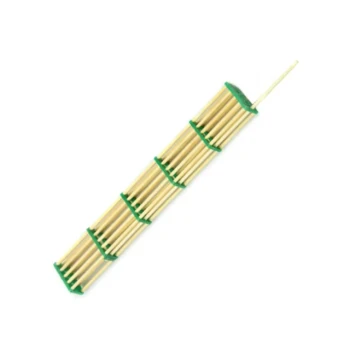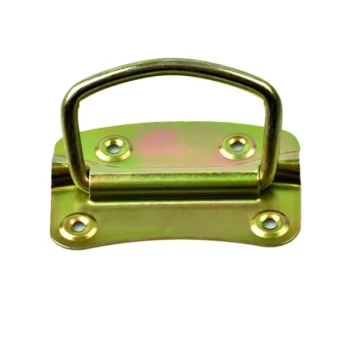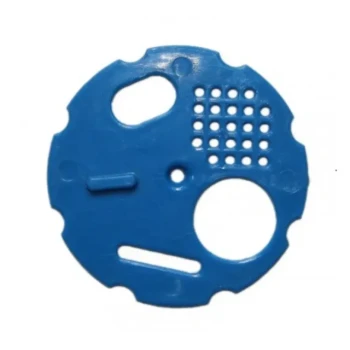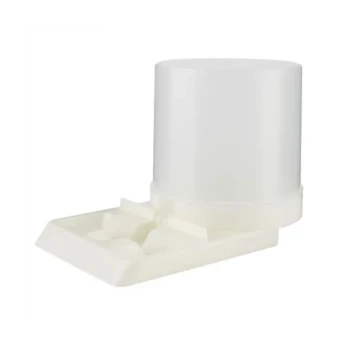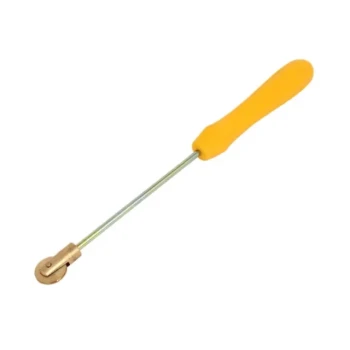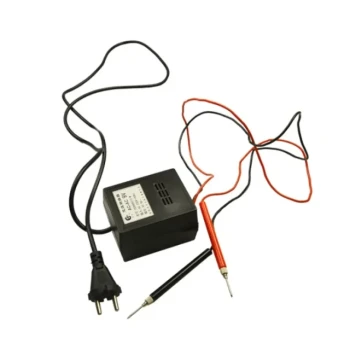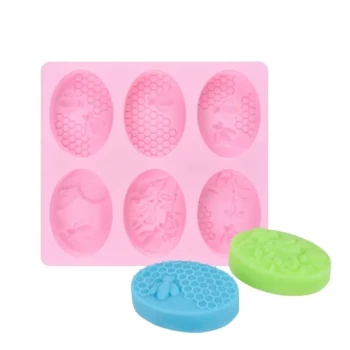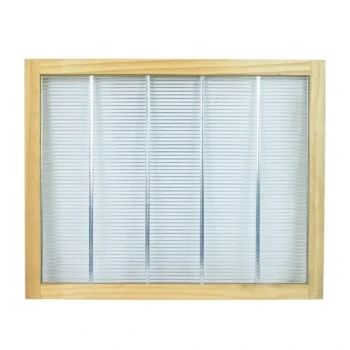The debate over insulating beehives often misses the most critical point. While many beekeepers focus on warmth, the primary goal of winter preparation is not to heat the hive, but to keep the bees dry. Healthy, strong colonies can generate their own heat, but they struggle to survive when condensation drips back onto their cluster. Therefore, insulation is less about adding warmth and more about managing internal moisture and reducing sudden temperature swings.
The decision to insulate a hive is not about fighting the cold, but about creating a stable, dry interior environment. Proper insulation, combined with ventilation, helps manage condensation—the true killer of wintering colonies—and reduces the energy stress on the bees.

How Bees Survive Winter Naturally
To understand the role of insulation, we must first understand the bees' own survival strategy. They do not heat the entire hive cavity; they only heat their immediate living space.
The Winter Cluster: A Self-Heating System
Bees survive the cold by forming a tight ball known as the winter cluster. The bees on the outer layer of the cluster act as a living insulation shell, while the bees inside generate heat by vibrating their wing muscles.
This cluster maintains a core temperature sufficient to keep the queen and brood safe, even when outside temperatures are well below freezing. The cluster will move throughout the hive during the winter, consuming honey stores for energy.
The Real Threat: Moisture and Condensation
A byproduct of the bees' metabolism is warm, moist air. When this humid air rises and hits the cold inner surfaces of the hive (like the cover), it condenses into water droplets.
If this condensation drips back down onto the cluster, it can chill the bees, causing them to die from cold and wetness far more quickly than from cold alone. A wet bee is a dead bee.
The Role of Insulation in a Hive
Insulation works by slowing the transfer of heat. In a beehive, this has several important effects beyond simply "keeping it warm."
Managing the Dew Point
The most significant benefit of insulation, particularly top insulation, is moving the "dew point" outside the main hive cavity. By keeping the ceiling of the hive warmer, moisture is less likely to condense directly above the cluster.
Instead, the warm, moist air can travel to the sides of the hive or, ideally, exit through a small upper entrance or ventilation port.
Slowing Temperature Swings
Insulation acts as a thermal buffer, slowing down how quickly the hive's interior temperature changes. This protects the colony from rapid temperature drops at night and prevents the hive from warming too quickly on a sunny winter day.
This stability reduces stress on the bees, allowing them to maintain a more consistent cluster temperature without expending excessive energy.
Reducing Honey Consumption
By reducing the energy needed to maintain the cluster's temperature and manage internal climate, insulation can help the bees conserve their precious honey stores. This is especially beneficial for smaller colonies that have less thermal mass and fewer bees to generate heat.
Understanding the Trade-offs
Insulation is not a universally perfect solution. Improperly applied, it can create more problems than it solves.
The Risk of Missed Cleansing Flights
As the references note, a heavily insulated hive may be slower to warm up during a brief mild spell in winter. This can prevent the bees from sensing the opportunity to take "cleansing flights."
These short flights are essential for bees to void waste, as they will not defecate inside the hive. If a colony cannot take these flights, it can lead to dysentery and increased stress within the hive.
The Danger of Trapped Moisture
The biggest risk of insulation is creating a sealed, airtight box. If insulation is applied without also providing adequate ventilation, it will trap all the moist air the bees produce.
This creates a high-humidity environment where condensation is guaranteed, leading to mold, mildew, and a wet, stressed colony. Ventilation is not optional when insulating. An upper entrance or ventilated quilt box is critical.
Making the Right Choice for Your Colony
Your decision should be based on your specific climate and the strength of your colony.
- If your primary focus is a strong, established colony in a moderate climate: Insulation is likely unnecessary. Instead, focus on providing a moisture quilt or absorbent material on top of the hive and ensuring a small upper entrance for ventilation.
- If your primary focus is a smaller, weaker colony or you live in a harsh, cold, or windy climate: Insulation is highly recommended. Prioritize top insulation to manage condensation and consider wrapping the hive to block wind and add thermal mass, but always ensure there is a path for moisture to escape.
Ultimately, successful wintering comes from understanding your bees' needs and actively managing their environment to keep them dry and stable.
Summary Table:
| Key Consideration | Purpose & Benefit |
|---|---|
| Primary Goal | Manage moisture & condensation, not just add heat. |
| Main Benefit | Moves the dew point, keeps the cluster dry and stable. |
| Critical Requirement | Must be paired with adequate upper ventilation. |
| Best For | Weaker colonies, nucs, and harsh/windy climates. |
| Potential Risk | Can delay cleansing flights if ventilation is poor. |
Ensure your apiary is prepared for winter with the right equipment from HONESTBEE.
We supply commercial apiaries and beekeeping equipment distributors with durable, wholesale-focused supplies designed for optimal hive health. From insulated covers to ventilation systems, our products help you create the stable, dry environment your colonies need to thrive.
Contact our expert team today to discuss your specific needs and secure your winter inventory.
Visual Guide

Related Products
- Professional Insulated Winter Hive Wrap for Beekeeping
- Professional Galvanized Hive Strap with Secure Locking Buckle for Beekeeping
- Black Plastic Beetle Barn Hive Beetle Trap for Beehives
- Professional Drop-Style Hive Handles for Beekeeping
- Professional Bamboo Queen Isolation Cage
People Also Ask
- Is it always necessary to insulate beehives? A Guide to Winter Survival & Colony Health
- Why is insulation important for hives during winter? Ensure Your Bees Survive and Thrive
- What are the benefits of insulated beehives in cold weather? Boost Winter Survival & Spring Productivity
- Why is it important to insulate beehives during winter? Boost Your Colony's Survival Rate
- What factors ensure bees stay warm and healthy during winter? Master the 3 Keys to Hive Survival




